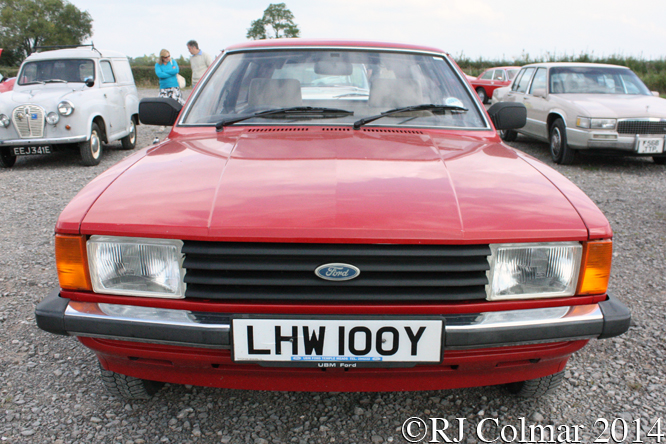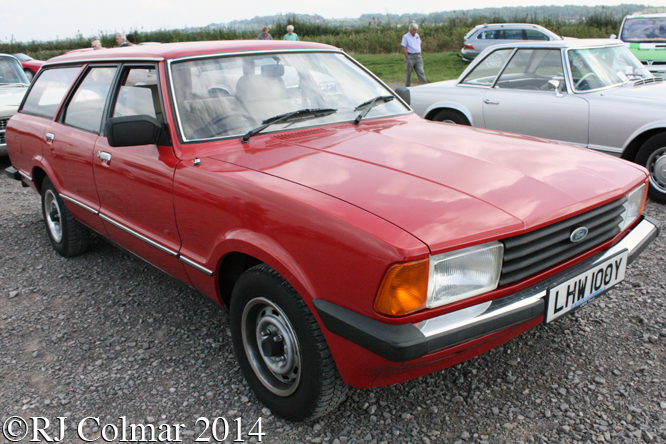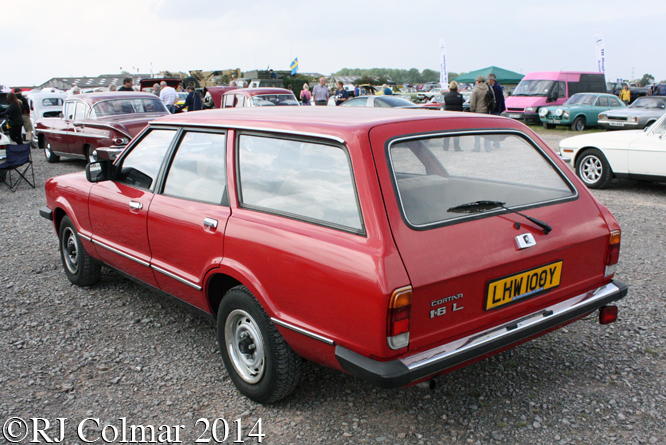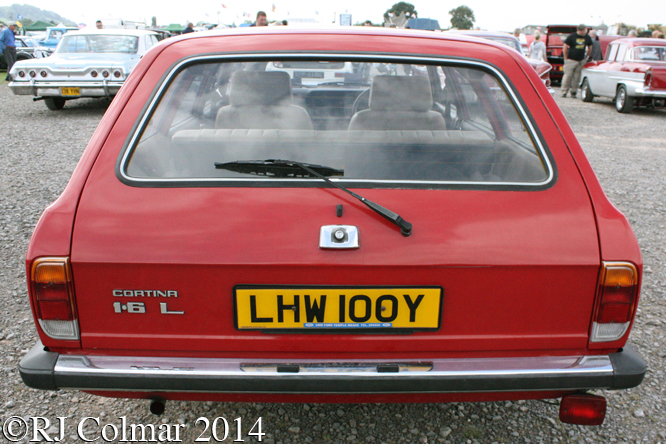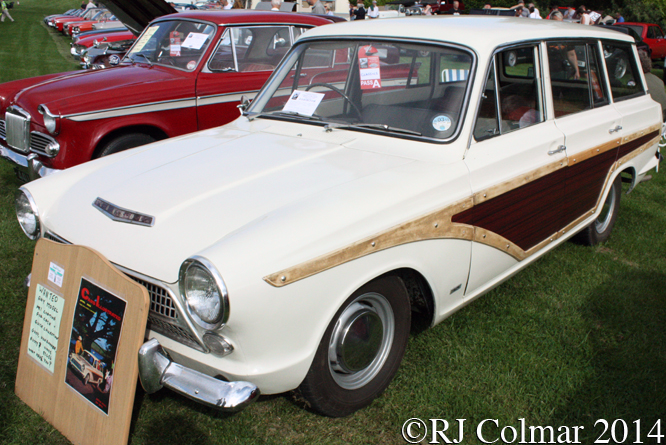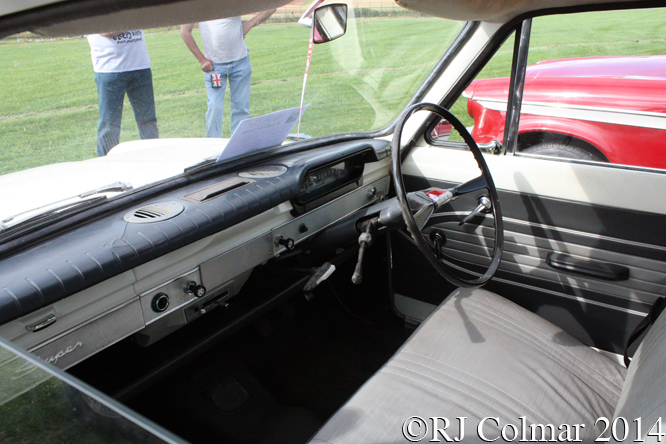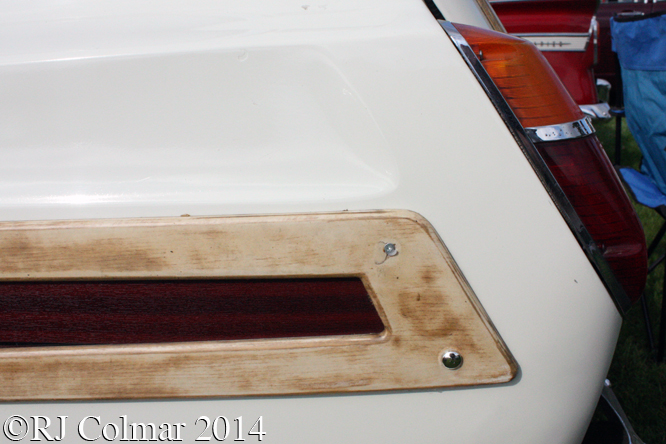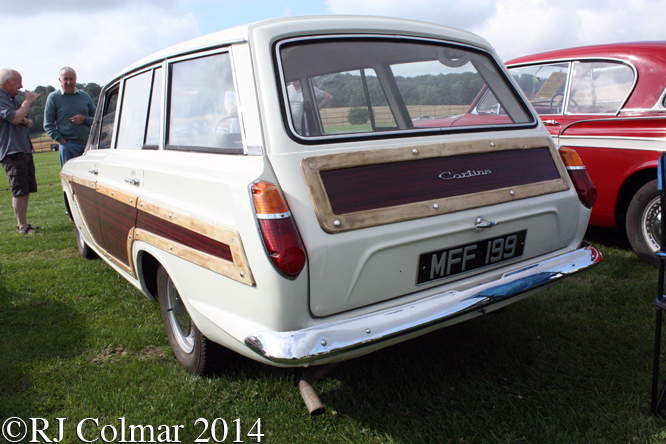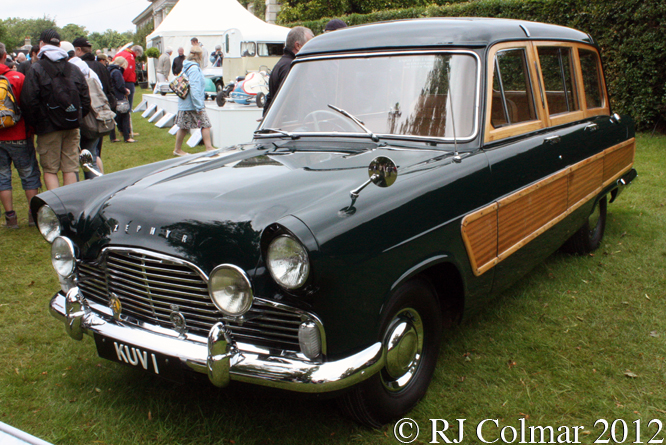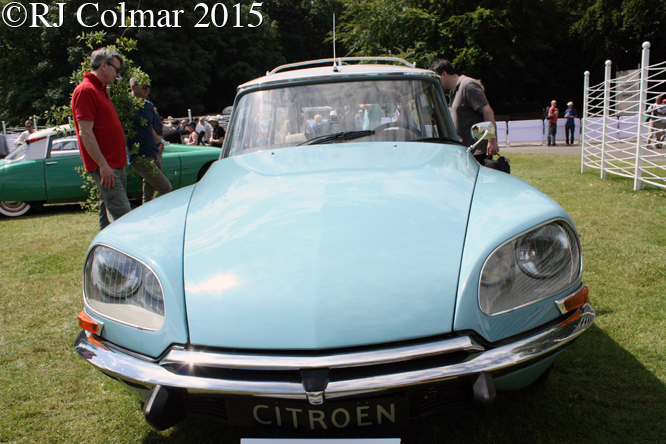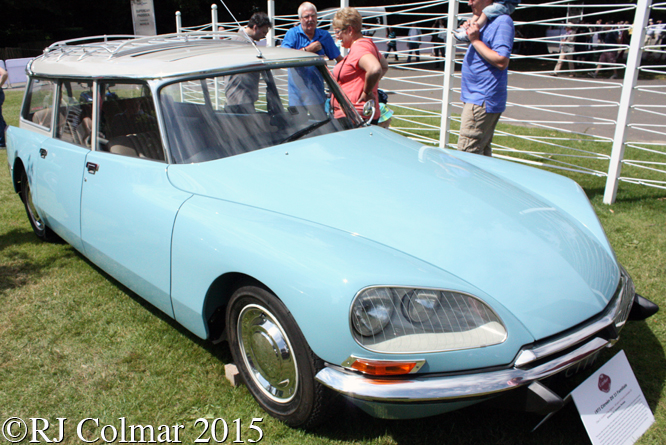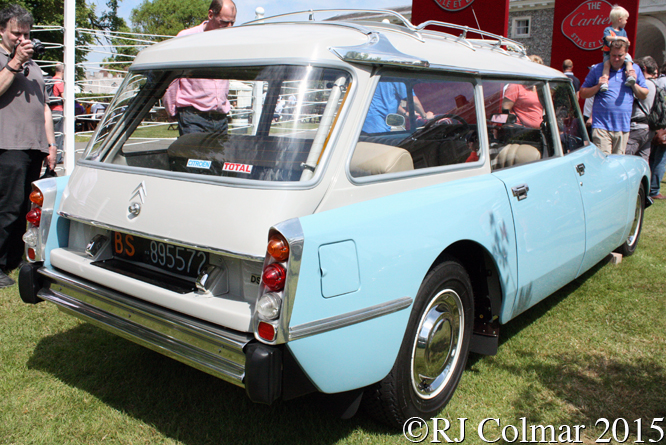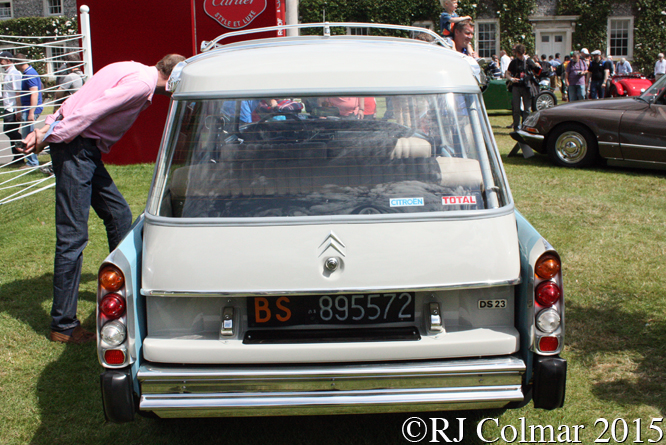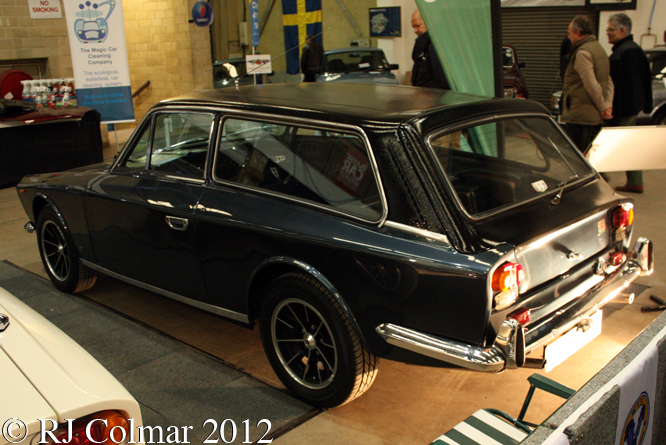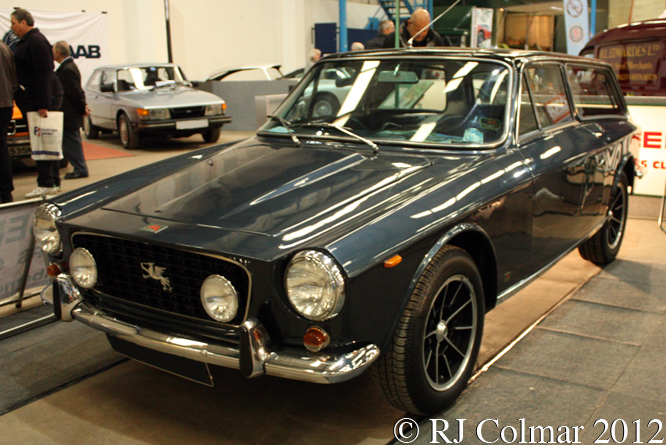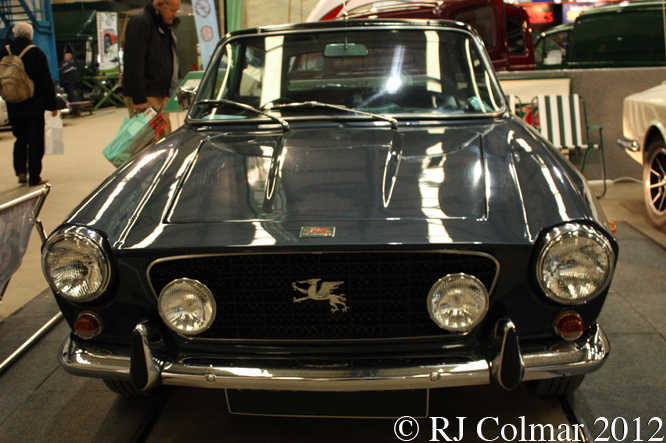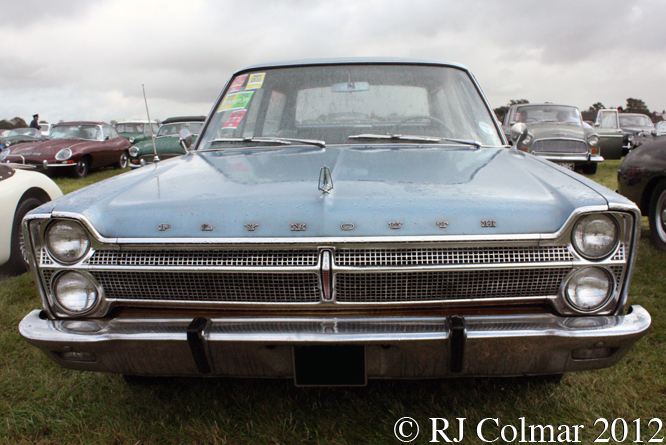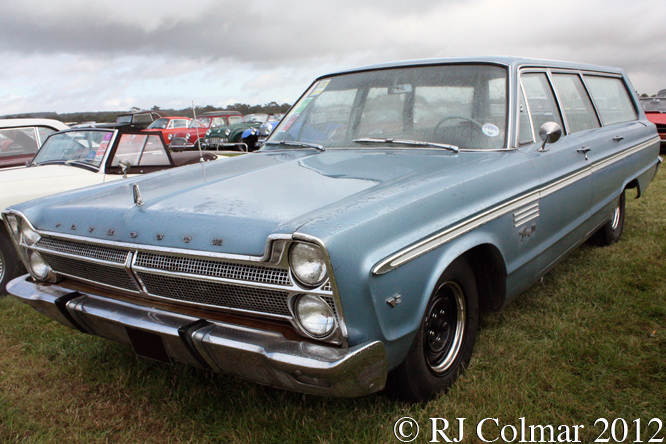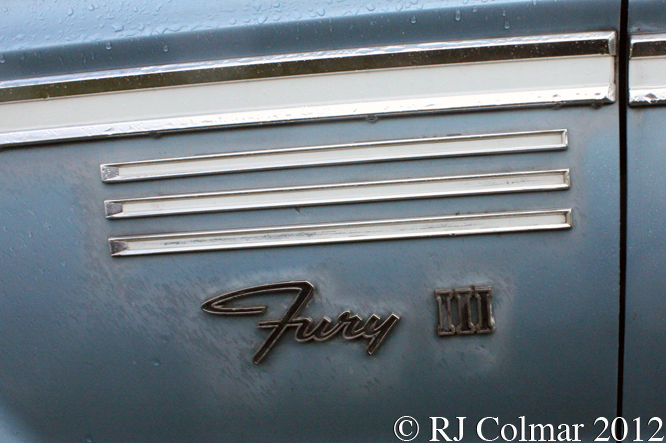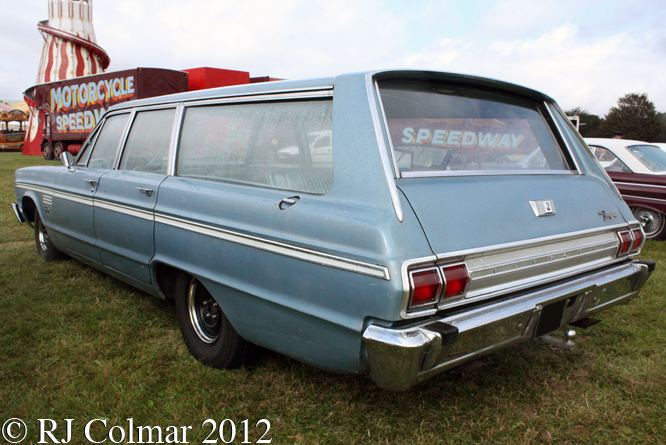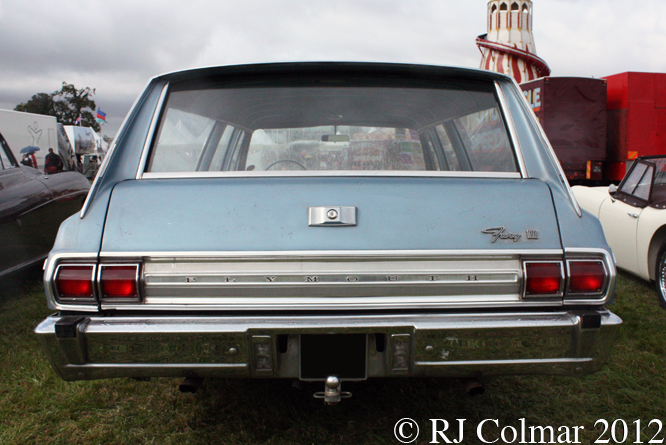Soon after I bought my first car in 1978 I started regularly driving over from Harrow Road in Wembley to Victoria Road in the Tropic of Ruislip to visit an old school friend, the route used to take me past the Wood & Pickett works from which all manner of blinged out and often bomb proof Range Rovers used to appear for the rich and famous that brought into the UK valuable foreign exchange, most notably from the middle east.
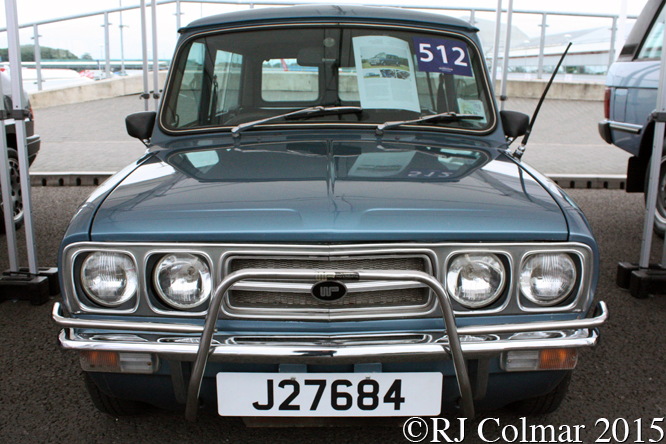
Bill Wood and Les Pickett learned their coachbuilding skills at Hooper & Co and left to set up their own business operating from Bills front room in 1947.
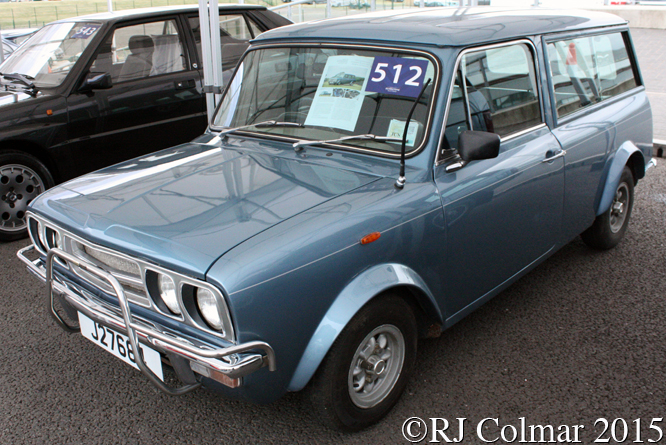
By the 1960’s Wood & Pickett now operating in Abbey Road, Park Royal were vying with their former employers Hooper, Radford, Minisprint, Ridgeway and a long list of others for upgraded Mini’s which could involve anything from minor cosmetic variations to fully loaded cars which were particularly popular amongst royalty, entertainers and sports persons.
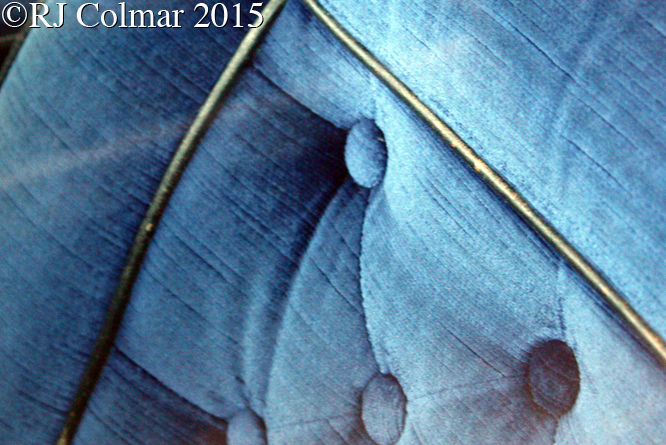
Focusing on the top end of the market and with a little help from former Radford managing director, Len Minshull, and head of marketing Eddie Collins, Wood & Pickett’s Mini clientele included Twiggy, Laurence Harvey, Brian Epstein, Mick Jagger, King Hussein of Jordan, Hayley Mills and Elton John.
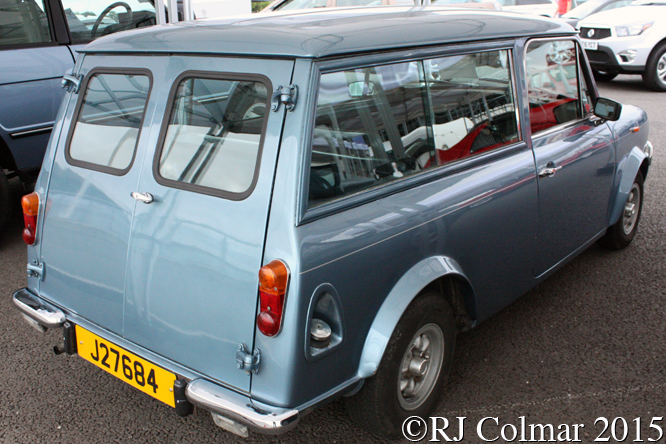
Thanks to the leadership of Eddie Collins Wood and Pickett expanded into the production of the aforementioned Range Rovers and in the late ’70’s to new premises in Ruislip where today’s featured 1978 Austin Mini Clubman Estate was sent from Cleveland Garages Ltd, Mont A L’Abbe, St Helier, Jersey having been purchased there on 17th August 1978.
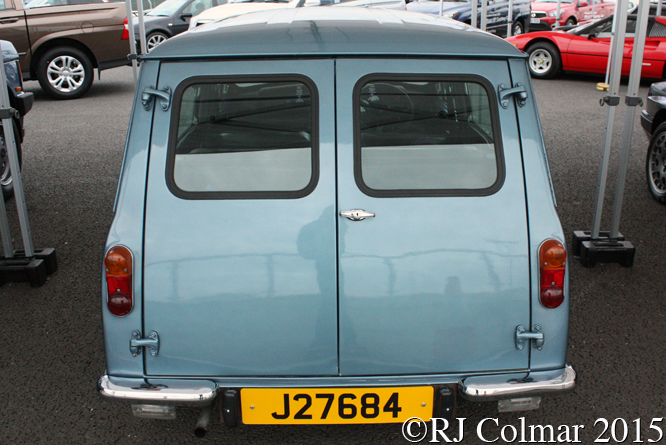
The list of upgrades carried out by Wood & Pickett included deseaming the front wings, flared wheels arches, fitting 5″x10″ tech Del Mini-lite wheels, twin automatic reversing lights mounted under the rear bumper, direction indicator lights and repeaters to front wings, twin headlights, air horn, high output alternator, electric windows, electrically adjustable door mirrors, chrome front bumper bars with WP logo, bonnet lock, extra secure door locks, stainless steel finish to the top of the doors, body painted Rolls Royce Caribbean Blue, leather trimmed Wood & Pickett 14″ steering wheel in dark blue leather, navy blue leather rear compartment roll-over cover, blue velour seats, deluxe soundproofing of the interior, FM Radio cassette, but strangely on the evidence of these photo’s no electric aerial.
The only Wood & Pickett upgraded Mini Clubman Estate was then delivered to it’s thus far unidentified owner in Jersey and registered on the 13 December 1978. Subsequently #XL2W2524450A was driven just over 29,000 miles by the owner prior to being sold at the Silverstone Classic auction a couple of month’s ago, where the car is seen in these photographs, for a modest £11,250.
Wood and Pickett has since undergone a couple of changes of ownership and now specialises in Mini’s from premises in Leatherhead.
Thanks for joining me on this “Almost Fully Loaded” edition of “Gettin’ a li’l psycho on tyres” I hope you will join me again tomorrow when I’ll be looking at a Mercury Monterey. Don’t forget to come back now !
